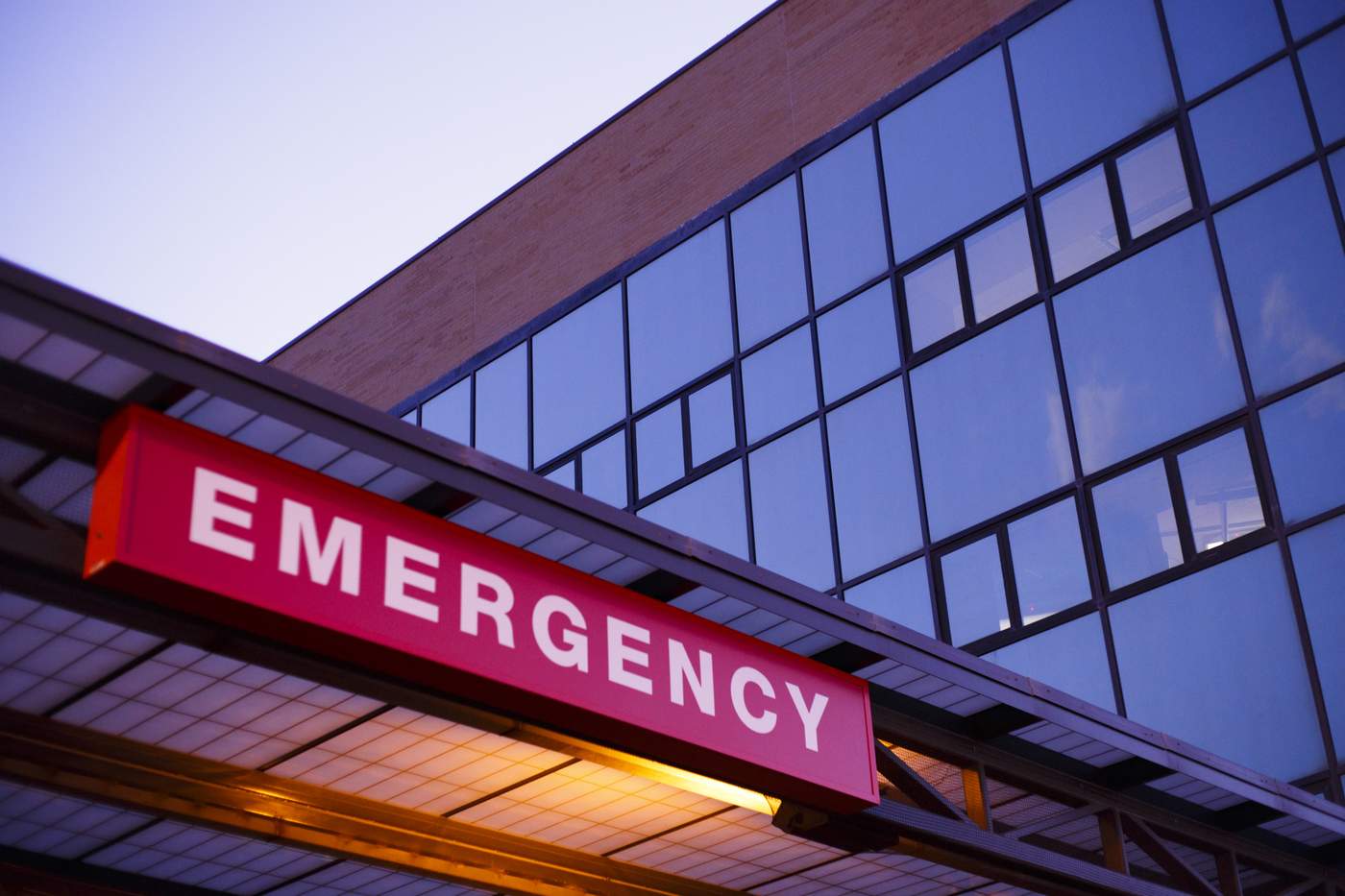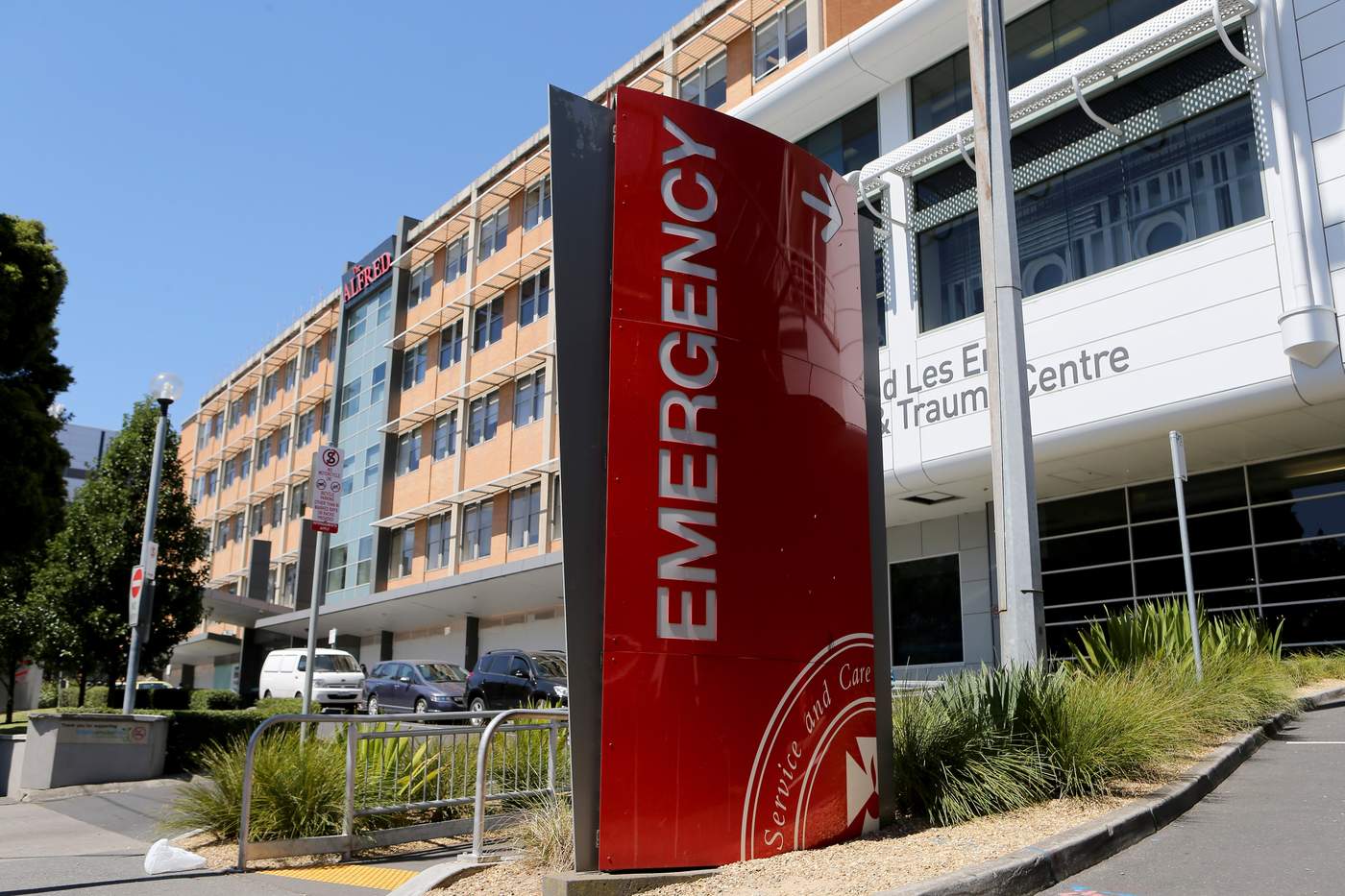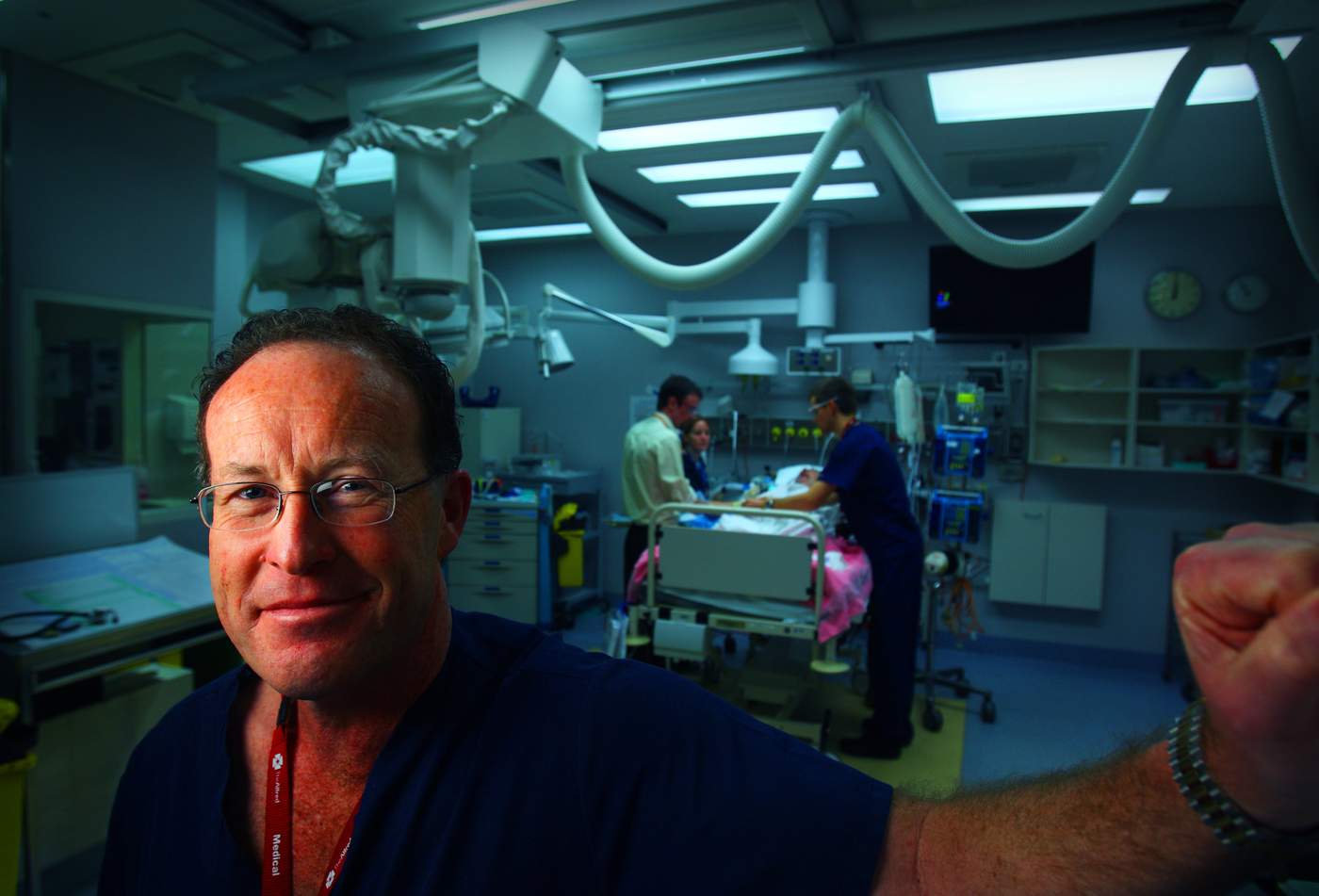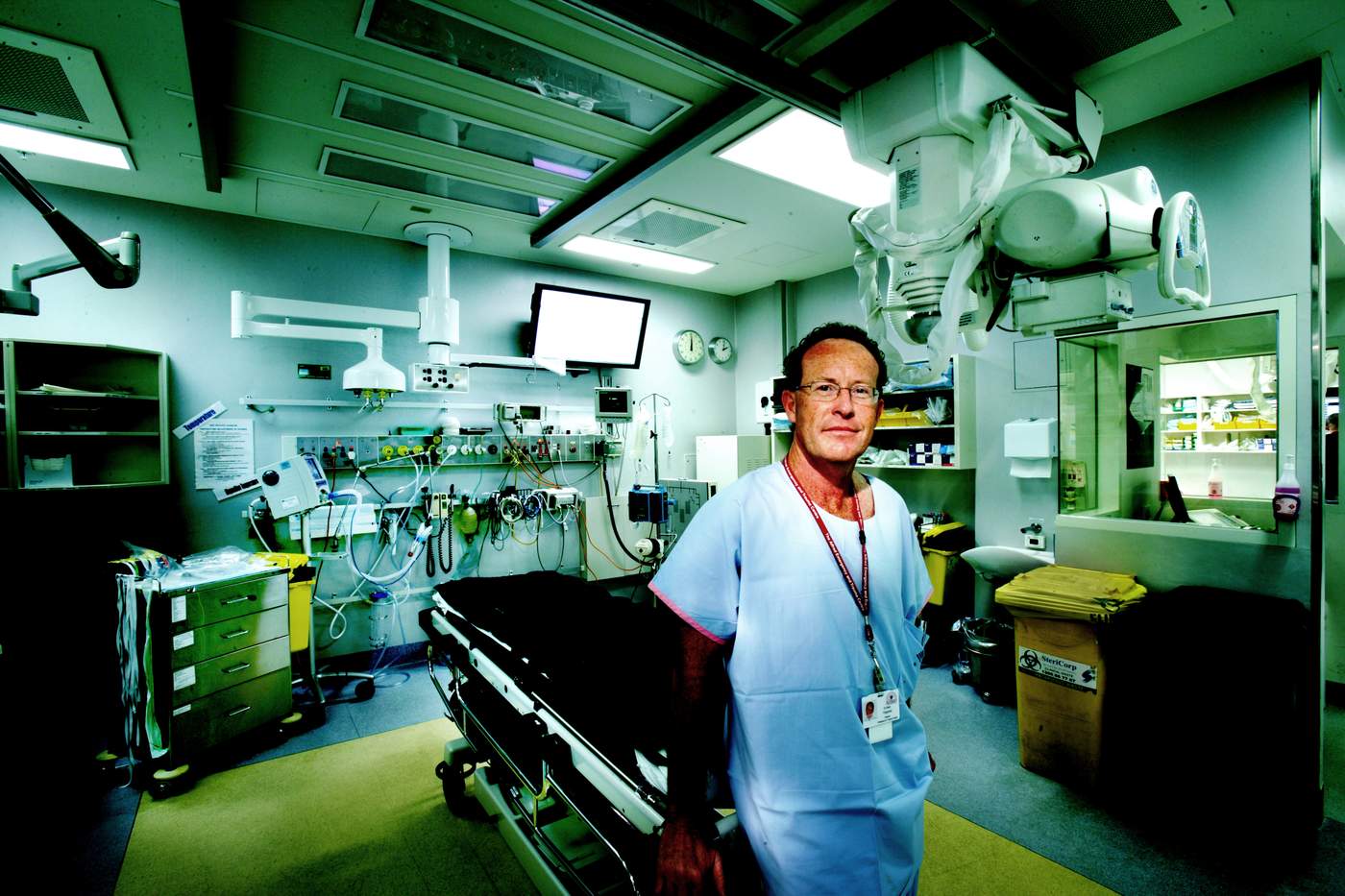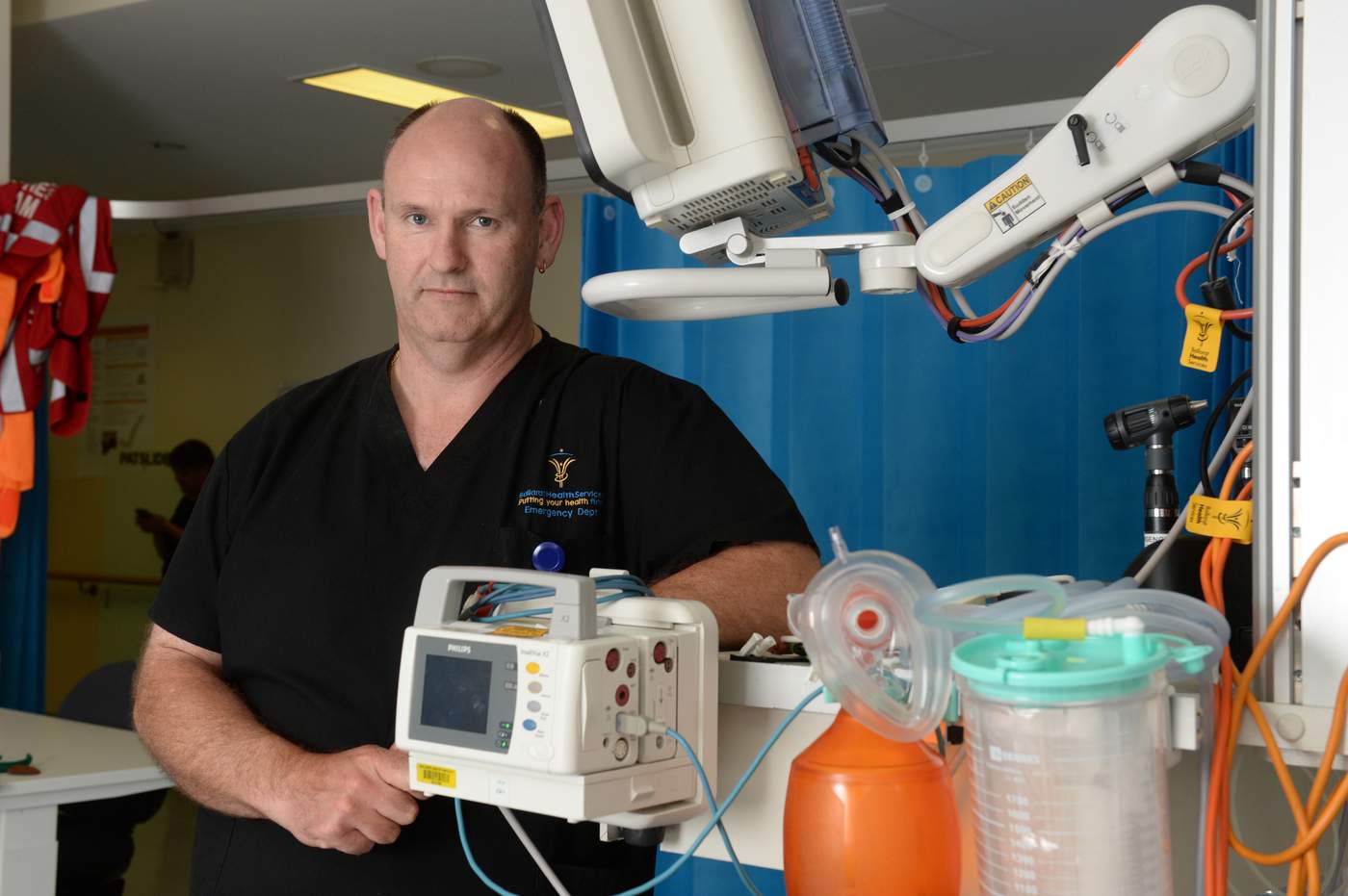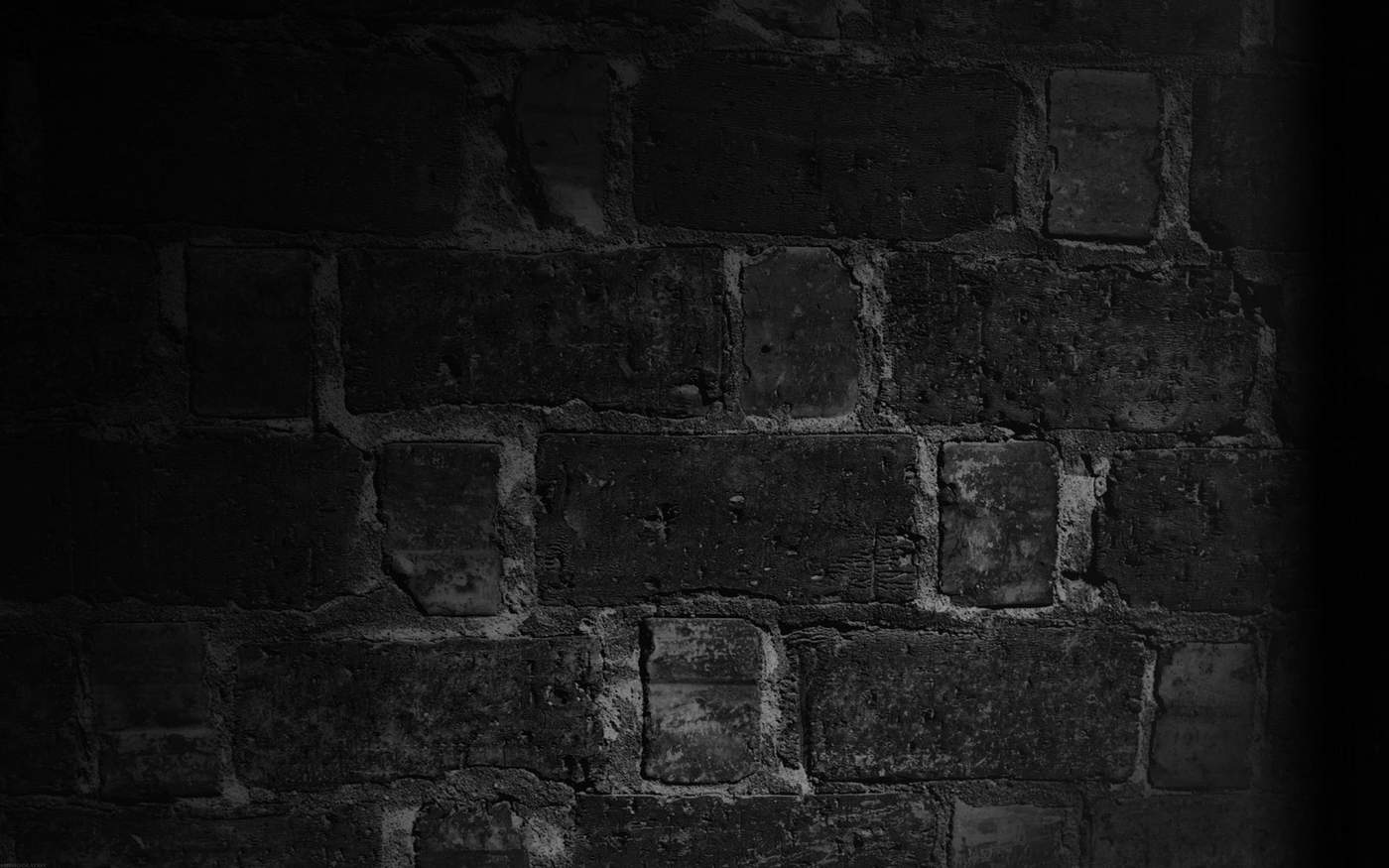AFTER emergency services have assisted at the scene, road trauma victims will arrive at emergency departments throughout the state.
From the smallest EDs, to some of the best in the world, these are the people tasked with saving your life...
The first few minutes or hours are hectic for the emergency department.
But even after the patients have moved on, the memories of what occurred stick in the minds of doctors and hospital staff.
No matter how experienced they are, it never becomes easy to see the effects of road trauma.
“It’s brutal,” Dr Oldfield said.
“Some days you will be fine and it won’t touch you and then something will happen and it all changes.
“When someone first comes in, you are generally not too bad because you are concentrating on what you are doing, but then afterwards, once they are stable or they have left, it hits you.”
Emergency department acting nurse unit manager Verity Drysdale said staff often sat down and debriefed after viewing serious trauma.
“Sometimes seeing that can trigger a memory from a previous incident,” she said.
“But we sit down, have a coffee and talk about it - that’s how we survive.”
The emergency teams can stabilise people, but often victims of road trauma need serious help.
Dr Oldfield said patients were sometimes transferred to Melbourne.
“This happens particularly when there is mass trauma, because they need more specialised services,’’ she said.
Chances of survival are always changing.
Injuries that would have killed a person 15 years now often have a high survival rate.
“The system is so sophisticated. If you ruptured your heart 15 years ago you basically died – now chances of survival are 26 per cent,” Dr Fitzgerald said.
Increased life expectancy and an ageing population have produced challenges for doctors. Dr Fitzgerald has seen a significant increase in the number of people aged 70 or over presenting with serious road trauma injuries.
Pre-existing medical conditions such as diabetes, the fact that many elderly people are on blood-thinning medication, and pre-existing heart conditions affects their ability to survive severe trauma.
“People are living with conditions that years ago would’ve killed them and sometimes the trauma is compounded. If someone is on blood-thinning medication and has a severe head injury they can haemorrhage into the brain – that will kill you,” Dr Fitzgerald said.
Technology has heralded the greatest change in medicine for the past few decades, Dr Fitzgerald said. Starting out in 1982 at Ballarat Base Hospital, Dr Fitzgerald led casualty wards and set up the St John of God emergency department in Ballarat before he was seconded to The Alfred in 1993.
“Each year I saw people surviving things that I didn’t expect them to survive the year before. Particularly back when I was at Ballarat Base Hospital, I did everything that I possibly could have and they might have died - now you wouldn’t expect someone to die from those type of injuries,” Dr Fitzgerald said.


